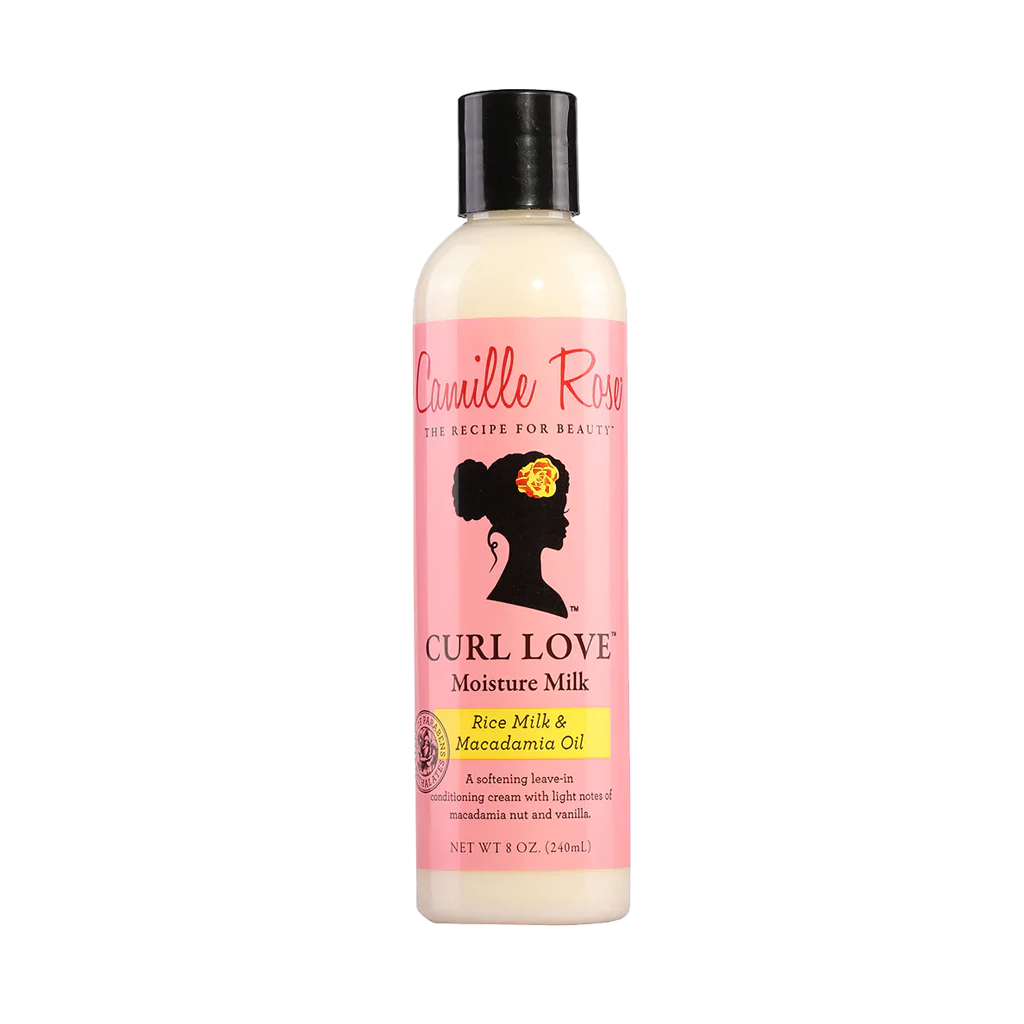Understanding Hair Porosity: Your Guide to Identifying and Managing Your Hair's Moisture Levels 💧✨
Have you ever wondered why some hair types seem to absorb products like a sponge while others struggle to retain moisture? The answer lies in understanding your hair's porosity. Determining your hair's porosity level can be a game-changer in your hair care routine, helping in selecting the right products and techniques to manage its moisture effectively.
What is Hair Porosity?
Hair porosity refers to your hair's ability to absorb and retain moisture. It is determined by the hair's cuticle structure, which can be affected by genetics, environmental factors, and your hair care practices.
Types of Hair Porosity
- High Porosity Hair: Hair with high porosity has gaps or holes in the cuticle, allowing moisture to enter and exit quickly. It tends to absorb products quickly but struggles to retain moisture.
- Medium Porosity Hair: Hair with medium porosity has a balanced cuticle structure, allowing it to absorb and retain moisture effectively.
- Low Porosity Hair: Hair with low porosity has tightly closed cuticles, making it difficult for moisture to penetrate. It often leads to product build-up and struggles with absorbing moisture. Read more about Dry hair & product build-up.
Conducting the Hair Porosity Test
Performing a simple hair porosity test can help you identify your hair's porosity level:
- Take a Clean Strand of Hair: Pluck a single, clean strand of hair from your scalp.
- Place it in a Glass of Water: Fill a glass with room temperature water and drop the hair strand into the water.
- High Porosity: If the hair sinks quickly, you likely have high porosity hair.
- Medium Porosity: If the hair floats in the middle of the water, you likely have medium porosity hair.
- Low Porosity: If the hair floats on the water's surface for a while before sinking, you likely have low porosity hair.

Managing Hair Porosity
Understanding your hair's porosity level empowers you to choose suitable products and techniques for optimal hair care:
- High Porosity Hair: Focus on protein-rich products to strengthen and seal the cuticles. Deep conditioning and using heavier oils like coconut or olive oil can help retain moisture.
- Medium Porosity Hair: Maintain a balanced routine with products suitable for your hair type. Regular moisturising and conditioning will keep your hair healthy.
- Low Porosity Hair: Use lightweight products that won't weigh down your hair. Steam treatments or using warm water while conditioning can help open the cuticles for better moisture absorption.
Conclusion
Determining your hair's porosity level is a valuable step in creating an effective hair care regimen. Armed with this knowledge, you can select the right products and techniques that cater to your hair's specific needs. Experiment with different methods, observe how your hair responds, and embrace a routine that nurtures your hair's health and moisture balance.
By understanding and addressing your hair's porosity, you're on the path to achieving beautifully hydrated and healthy hair!
Here's to embracing your unique hair porosity and unlocking the secrets to optimal hair care! 💧✨


